What are these?
Integrated Battle Groups are self-contained, agile, brigade-sized fighting units, which were proposed in one of four studies initiated by former Army chief General Bipin Rawat on the overall restructuring of the force. These can swiftly launch strikes against adversaries.
How are they made?
Each Integrated Battle Group (IBG) would be tailor-made based on Threat, Terrain, and Task. The resources to IBGs will also be allotted based on the above three factors.
What is the advantage?
- They will be able to mobilize within 12-48 hours based on the location.
- Will make the system more accessible and will be less time consuming.
- Integrating multiple defence systems and personnel for overwhelming output.
What is the status?
The concept of IBGs has also been test-bedded at the 9 Corps at the western border with Pakistan, and the Army is fine-tuning them based on ground feedback.
While the Eastern Command is yet to file a report on the IBG experiment in the eastern theatre, sources said the experiment on the western front has brought to light critical gaps in the operations of the IBGs.
About the former “Cold Start Doctrine” (CSD)
The goal of this limited war doctrine is to establish the capacity to launch a retaliatory conventional strike against Pakistan that would inflict significant harm on the Pakistan Army before the international community could intercede, and at the same time, pursue narrow enough aims to deny Islamabad a justification to escalate the clash to the nuclear level.
Gen. Rawat acknowledged the existence of the doctrine for the first time in January 2017. IBGs will replace this military doctrine.
What is its composition?
Each IBG will be headed by a Major General and comprise around 5,000 troops. IBG comprises a mix of Infantry, Artillery, Air Defence, Tanks, Logistics, UAVs, Engineers and Signals units.
The IBGs are to perform both offensive roles, involving cross-border operations, and defensive roles to withstand an enemy attack.
All of the IBGs, equipped with artillery, armoured personnel carriers, main battle tanks, and infantry fighting vehicles, would be capable of launching limited strikes (50-80 kilometres deep) along different axes of advance into enemy territory supported by air power. The Indian Army is purportedly now also planning to turn each of the three brigades of a division sized IBG into an autonomous unit capable of independent military operations, although details remain murky and have not been confirmed by the Indian Ministry of Defence.
How does this work in detail?
In its purported classical (and most ambitious) conception, India’s limited war strategy under CSD calls for armoured thrusts into Pakistani territory supported by mechanized infantry formations and air power within 48-72 hours at the outset of a military confrontation with Islamabad. These Blitzkrieg-style operations would heavily depend on close coordination between the Indian Army and the Indian Air Force given the pivotal role close air support and overwhelming conventional firepower would play in such a campaign.
Consequently, to make this invasion force nimbler and easier to coordinate, a complete reorganization of the Indian Army was envisioned. First, the army would strengthen its holding and pivot corps stationed along the LOC with new offensive capabilities: division-sized integrated battle groups (IBG) consisting of artillery, armour, and aviation elements each capable of limited offensive operations. These IBGs are central to the Indian Army’s offensive military doctrine and also featured in the Indian Army’s recently released Land Warfare Doctrine.
Second, the Indian Army would disaggregate three of its strike corps into division-sized IBGs and move them closer to the India-Pakistan border. One of the strike corps is also slated be restructured into a rapid reaction “saber corps,” according to media reports, reportedly capable of immediately conducting offensive operations into Pakistan in the event of a conflict.
What is the recent news?
Earlier, Gen. Naravane told on 9 May that the Indian Army has postponed the official launch of its new integrated battle groups (IBGs) because of the ongoing COVID-19 pandemic, but the process is still on way.
Some light has already been shed on the likely number and nature of these composite fighting units. The IBG’s that India is now contemplating raising may be considered lighter divisions or heavier brigades. The Indian Army is considering two kinds of IBG’s. Smaller ones for the mountains facing China and larger ones for the plains facing Pakistan. Eight to ten IBG’s are being contemplated for use against Pakistan. Each IBG could have four to six battalions of infantry and armoured units, two to three artillery regiments, an engineers’ unit, an integrated signals unit and dedicated integral logistics (eight thousand to ten thousand troops). The Indian Army has been clear however that not every corps, division or brigade will be replaced by an Integrated Battle Group. The terrain, threat perception and options available to the enemy will be critical factors for determining whether or not an IBG will replace the present structure.
To crack the SSB interview, You can join our SSB interview live classes batch and we recommend you to Enroll SSB INTERVIEW ONLINE COURSE. Trusted by thousands of defence aspirants.
Also Read:
- Iran Missile Barrage Injures 19 in Haifa Amid Ongoing Conflict
- Israel Claims Strikes Have Delayed Iran’s Nuclear Weapon Development by Two to Three Years
- British Royal Navy Team Set to Inspect Grounded F-35B Jet in Kerala
- Safran Aircraft Engines and Maini Precision Products Sign MoU to Boost LEAP Engine Production in India
- Israel Prepares for Prolonged Campaign Against Iran Amid Escalating Conflict


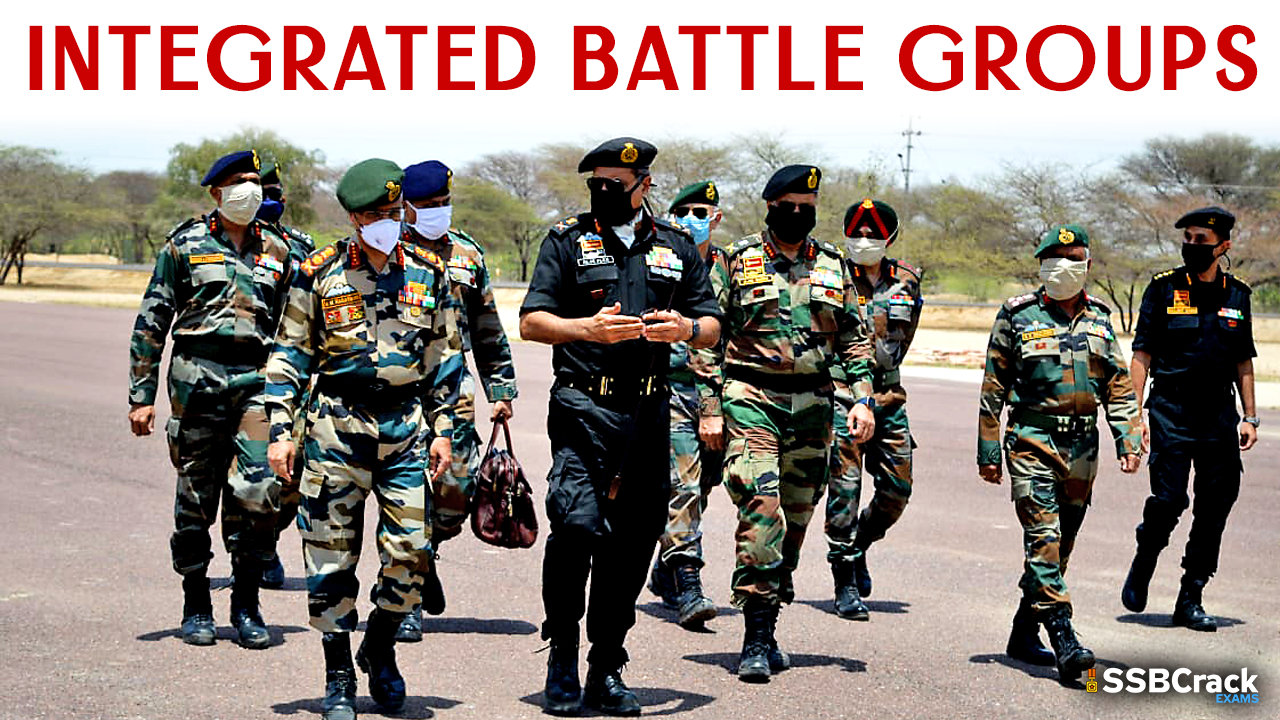







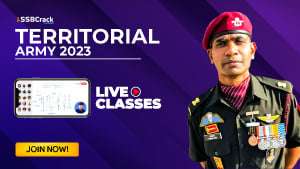



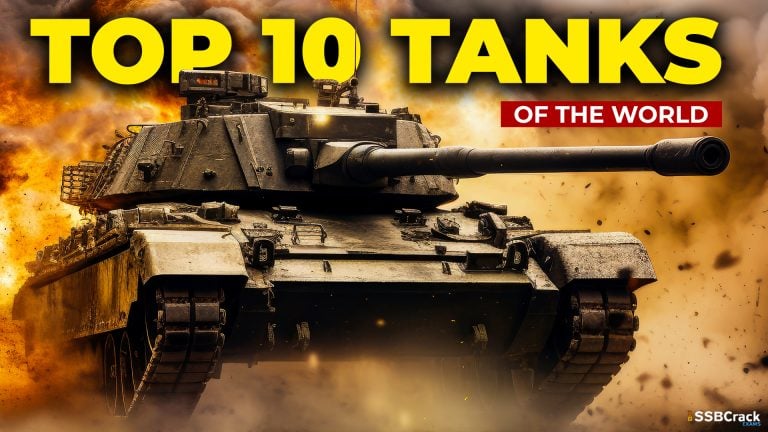
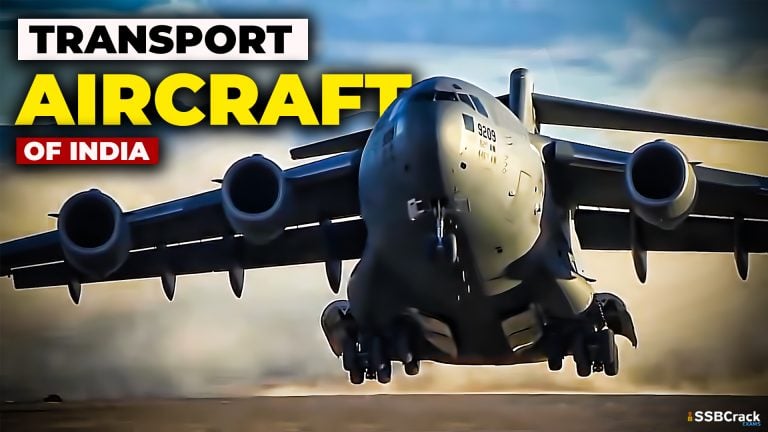
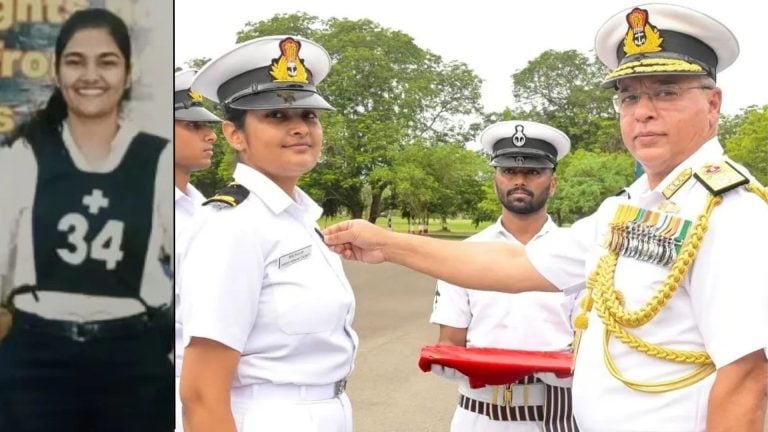


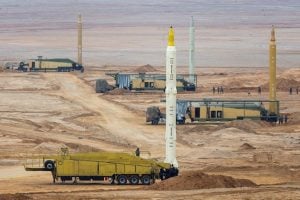


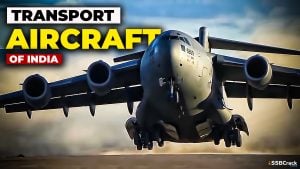


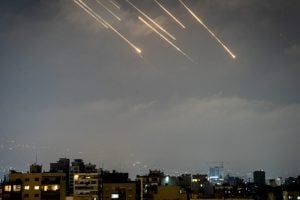
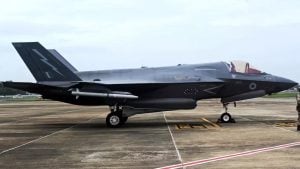
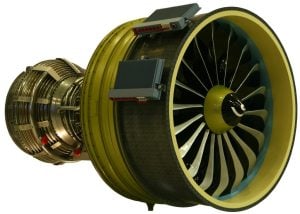

1 thought on “What are Integrated Battle Groups (IBGs) in Indian Army”
I love my india